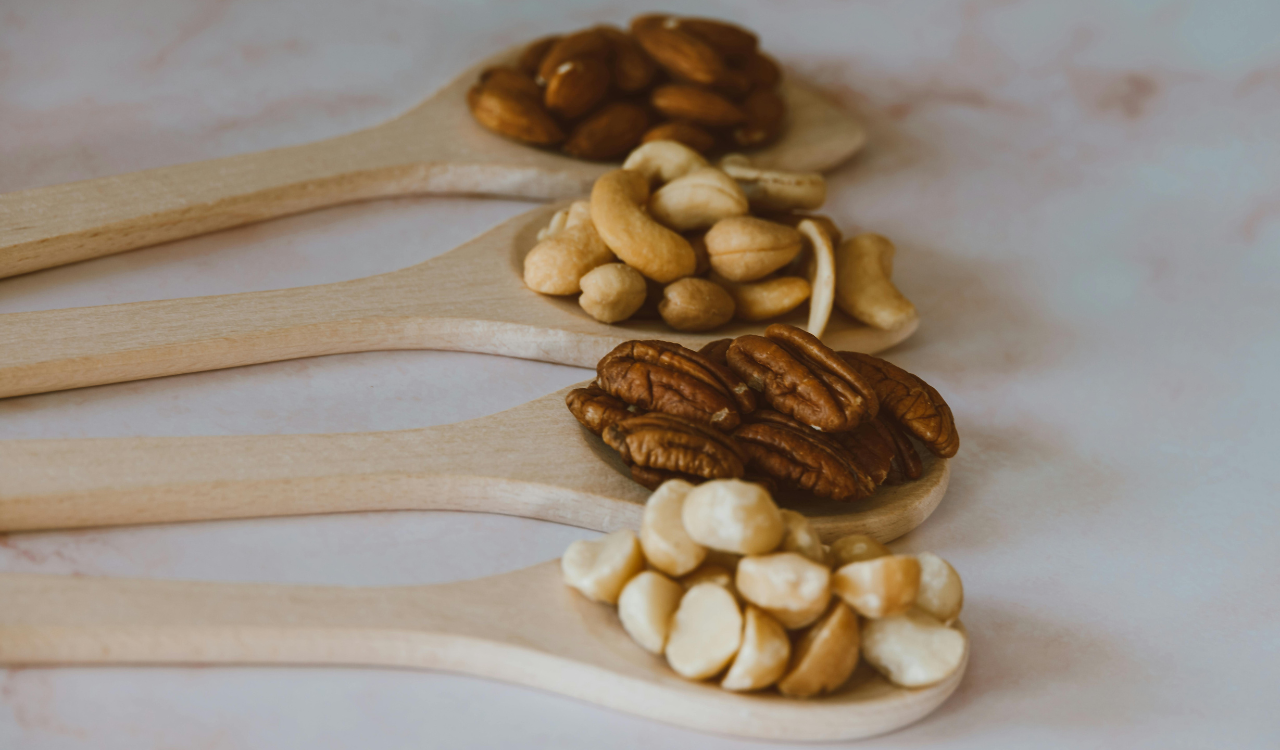13 Kitchen Myths About Salt That Aren’t True
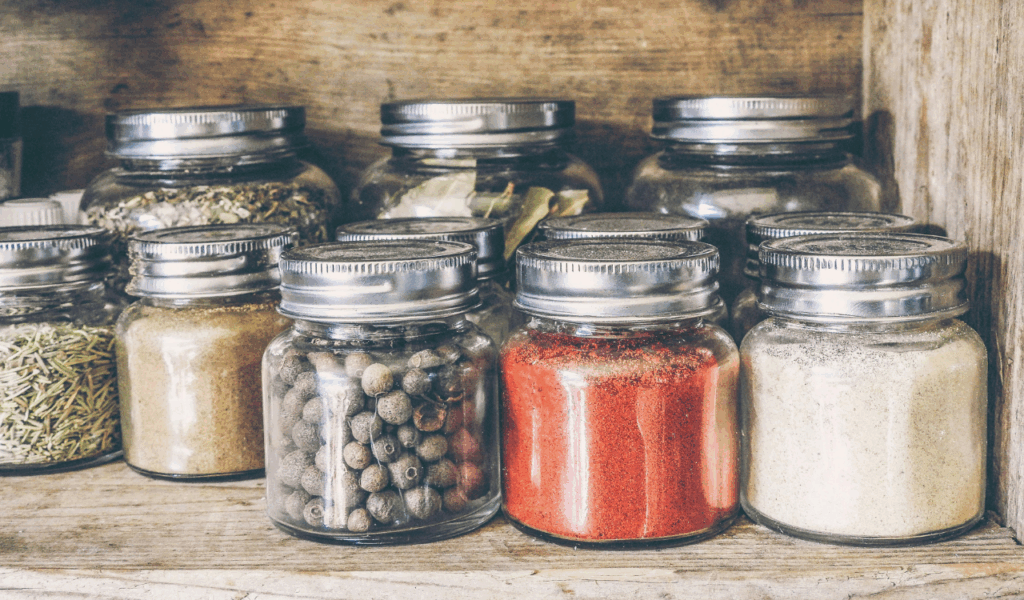
One of the oldest and most misinterpreted ingredients in cooking is salt. Despite its straightforward chemistry, a lot of misconceptions exist regarding salt that influence our eating habits, cooking methods, and perceptions of flavour and health. I’ll dispel 13 widespread kitchen myths about salt in this post, including when it really matters, when it doesn’t, and how to use it more effectively, safely, and delectably. To make your cooking (and eating) more intelligent and delicious, let’s separate what is supported by facts from what is merely rehashed rumours.
1. Myth: All types of salt are interchangeable
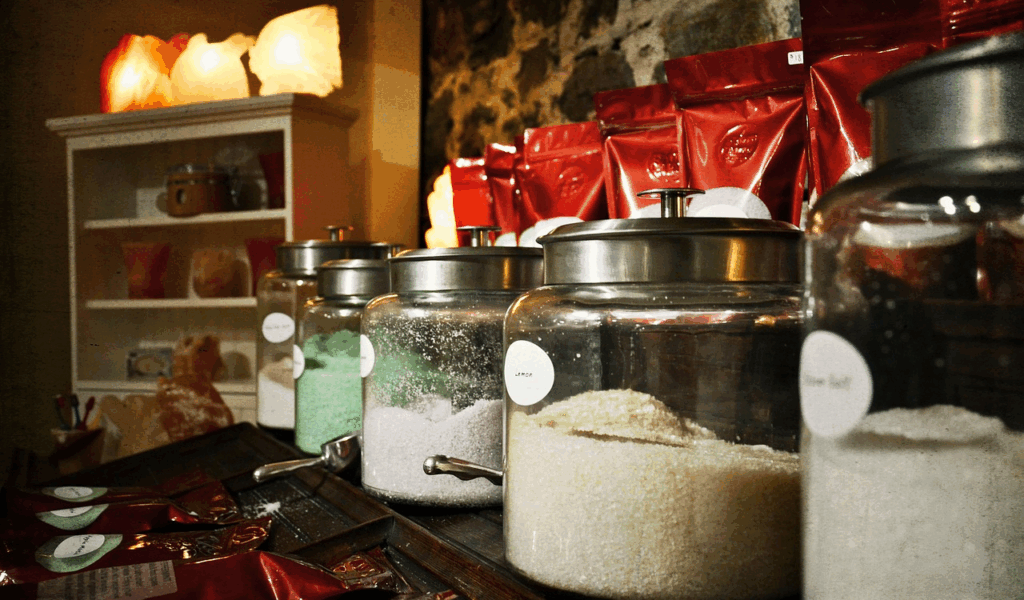
It’s a common misconception that table salt, kosher salt, sea salt, Himalayan salt, and so on can be used in recipes in their entirety. Grain sizes, crystal forms, moisture content, and occasionally trace minerals vary amongst salts. Using coarse kosher salt instead of fine table salt without adjusting the quantity can result in under- or over-seasoned food because crystal size affects how much salt is delivered per teaspoon. Trace minerals don’t significantly alter health outcomes, though they might add a subtle flavour. Always consider the type of salt and modify amounts appropriately.
2. Myth: Adding salt makes water boil faster
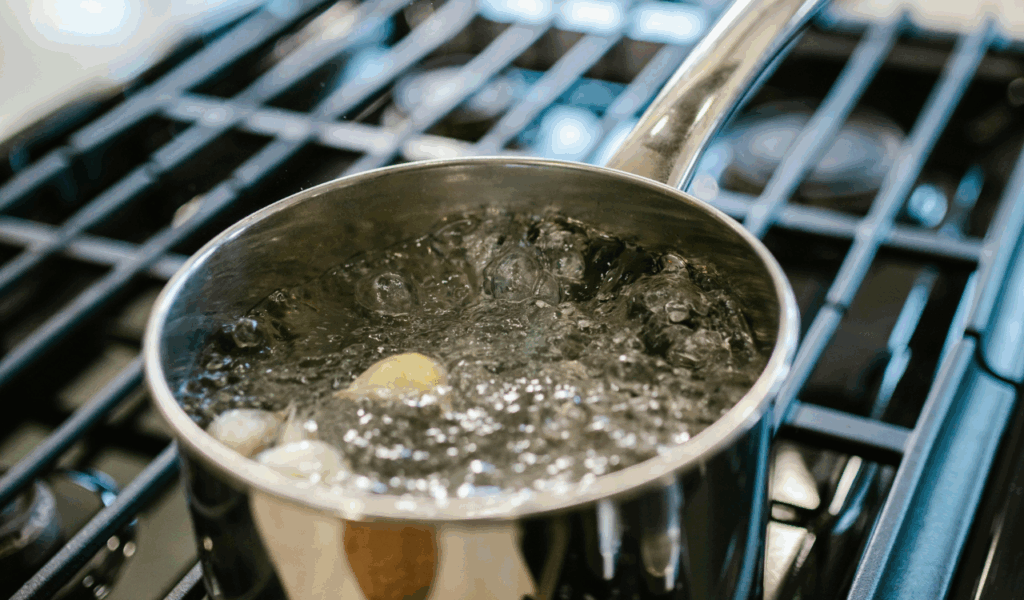
Although adding salt raises the boiling point of water (a phenomenon known as boiling point elevation), it is commonly believed that salt makes water boil more quickly. However, you would need to add so much salt that the water is unfit for human consumption in order to dramatically accelerate boiling. The effect is minimal at standard cooking amounts (a pinch or teaspoon); the water may boil at a slightly higher temperature, but not any faster. Therefore, add salt to your pasta water for flavour rather than to cut down on cooking time.
3. Myth: You can fix an overly salty sauce by adding potato
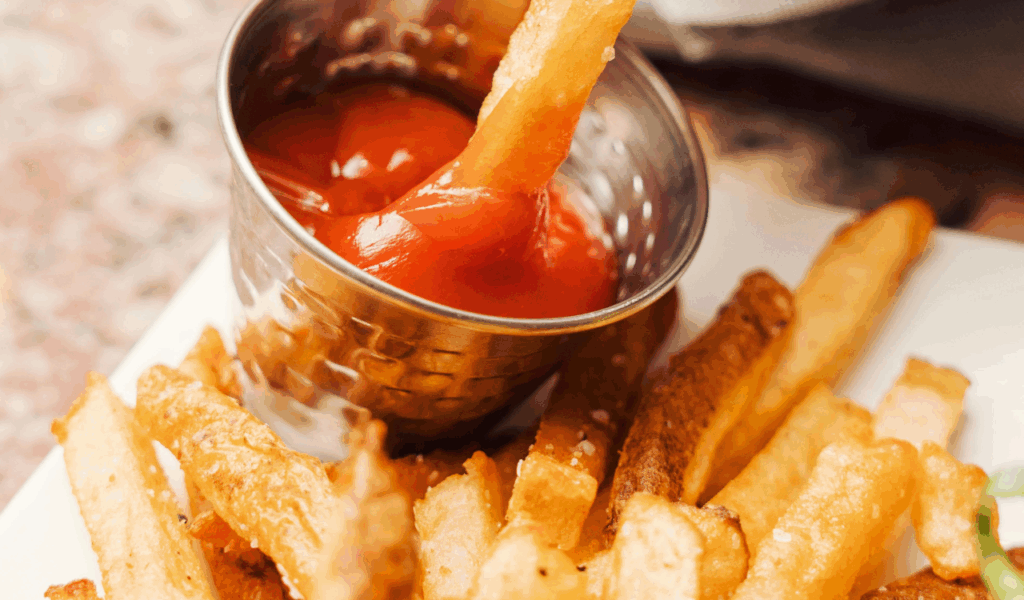
To absorb extra salt, submerge a potato in a salty sauce. This is a common kitchen tip. Unfortunately, this is not supported by the science. Although potatoes may absorb some liquid, they do not absorb salt from the sauce in a selective manner. The amount of salt remains proportionate to the liquid and other ingredients in the sauce. Diluting with more base, adding acidity (lemon, vinegar), or adding more unsalted ingredients are the best ways to correct a salt imbalance.
4. Myth: It doesn’t matter when you add salt

Many cooks think that salt works the same way at any time. In actuality, timing is crucial. Early salting aids in the development of flavour foundations (onions, garlic, sauces) and allows flavour to permeate ingredients (meat, vegetables). In foods that are sautéed or roasted, salting late helps maintain surface texture or stop moisture loss. Salting too soon or too late can result in less than ideal texture or flavour. Therefore, consider how salt is used in the dish and when it is added.
5. Myth: Salt isn’t important in baking
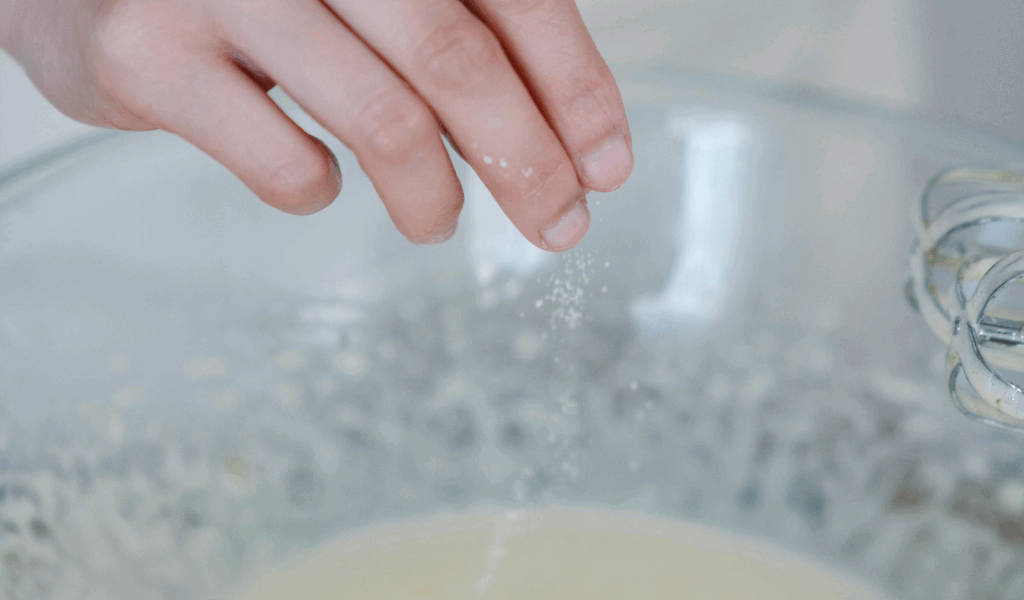
Although salt is essential in many baked goods, some people believe it is optional or only used in savoury recipes. Salt helps with dough structure, stabilises yeast activity (slowing fermentation so flavours develop), and fortifies gluten networks in bread dough. Salt adds depth to flavour, balances sweetness, and keeps baked goods from tasting bland. Eliminating salt can result in under-flavored, excessively sweet cookies, cakes, or muffins that lack dimension.
6. Myth: Salt is just for making things taste salty

Salt serves purposes beyond just making food taste salty. It balances and improves flavours by enhancing sweetness and umami, reducing bitterness, and enhancing aromas. It enhances the way other seasonings are perceived and aids in the flavouring of fats. For instance, adding a small pinch of chocolate enhances the flavour of cocoa, while adding a small amount of tomato sauce highlights the flavours of garlic and herbs. Additionally, salt affects texture (in meats or slowing moisture loss) and chemical reactions (like caramelisation).
7. Myth: Salt can never go bad
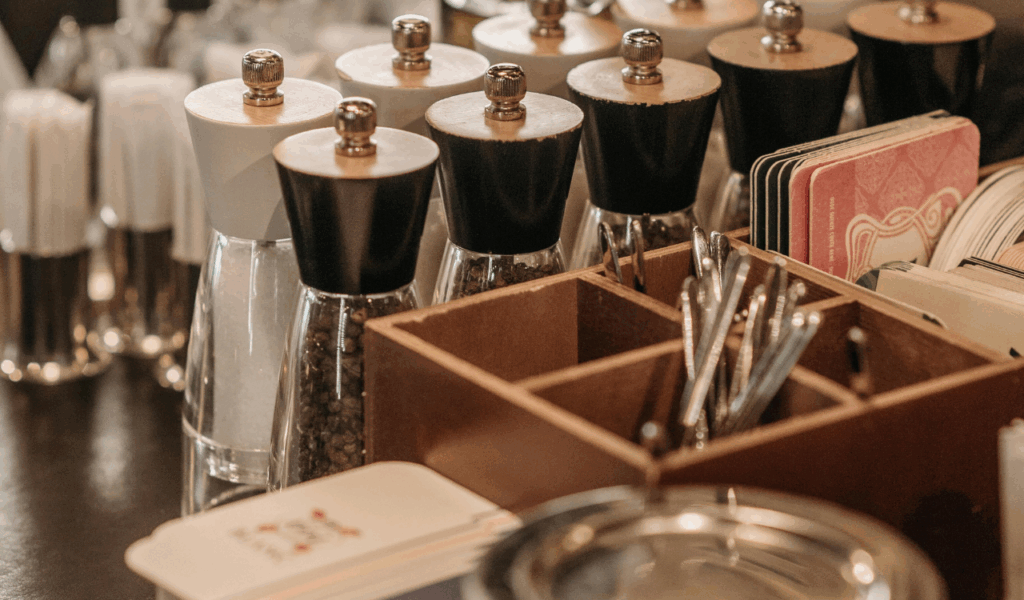
Many people think salt never spoils because it is a mineral and doesn’t encourage microbial growth. That is largely accurate; salt can lose quality but doesn’t “go bad” like fresh food does. Clumps, odour absorption, and even impurity seepage are all brought on by moisture. Salt’s flavour or usability may suffer if it absorbs moisture or odours from air, humidity, or storage containers. Additionally, salts that contain additives (such as iodine or anti-caking agents) may gradually lose their effectiveness. Salt keeps its best when stored properly.
8. Myth: Food without salt always tastes bland
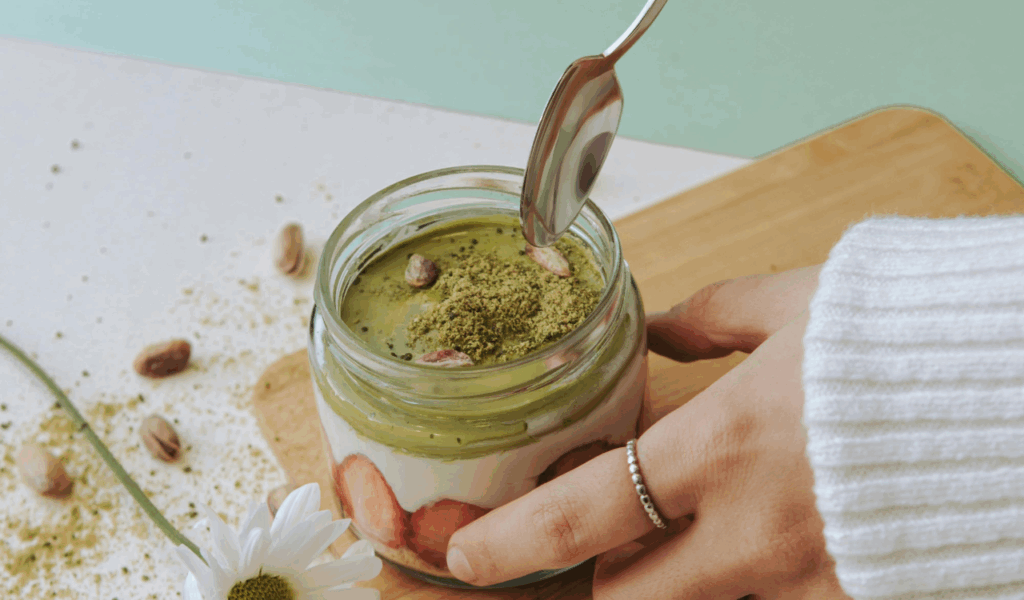
Saying that food without salt is always bland ignores other tools, even though salt is a potent flavour enhancer. Food can be profoundly flavoured by herbs, acids (vinegar, citrus), spices, aromatic vegetables, and umami-rich ingredients (fermented products, mushrooms). Flavour is also developed by cooking methods like roasting, caramelising, and reducing. Sometimes using less salt allows you to experiment more with other seasonings. However, if your palate is accustomed to highly seasoned foods, completely cutting out the salt may make food taste bland.
9. Myth: Fancy salts are much healthier than table salt
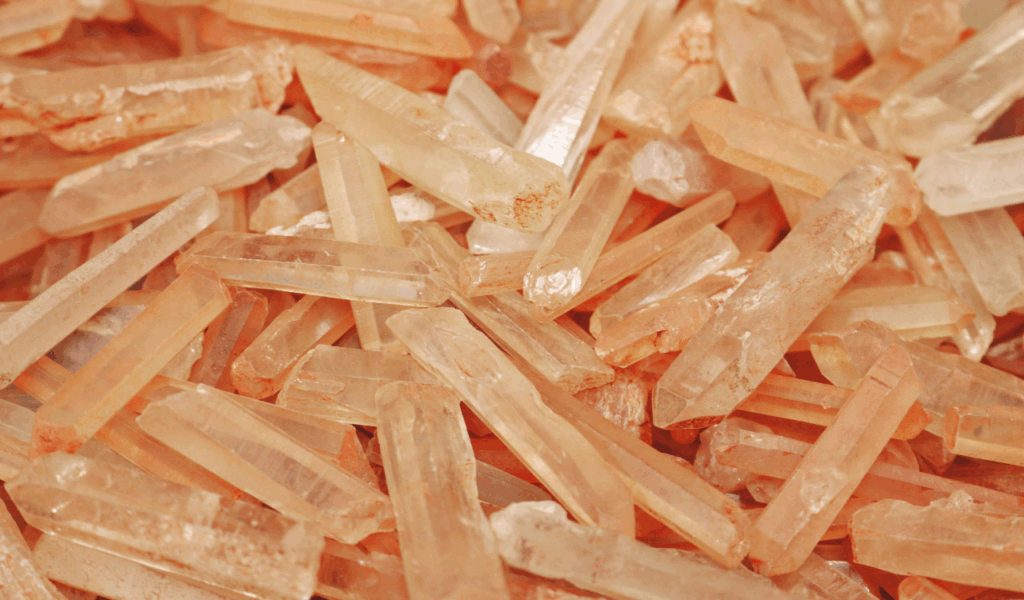
Compared to regular table salt, salt marketers frequently tout the health benefits of rock salt, Himalayan pink salt, and sea salt. Although some contain trace minerals like potassium, calcium, and magnesium, these are insufficient to significantly alter most diets. In many nations, table salt frequently contains iodine, which is crucial for thyroid function. The main factor affecting health is the sodium content per mass. Choosing clean, well-purified salt instead of just “fancy packaging” and limiting total sodium is the best “healthier” option.
10. Myth: High salt intake always causes high blood pressure
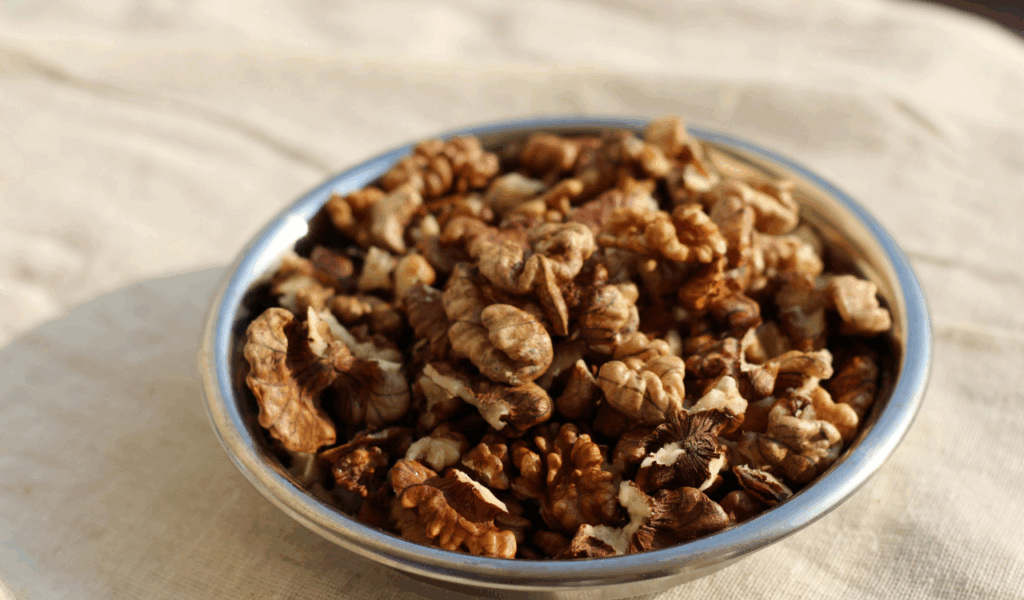
Everyone is taught that eating more salt will raise their blood pressure. However, the truth is more complex. Individual differences in salt sensitivity are influenced by age, kidney function, genetics, and diet. While some people have normal blood pressure even when they consume moderate amounts of sodium, others are more vulnerable. Other lifestyle factors, such as stress, potassium and calcium intake, physical activity, and weight, also have a significant impact. While this does not imply that you should disregard salt consumption, it does indicate that the effects vary from person to person.
11. Myth: Less salt is always better
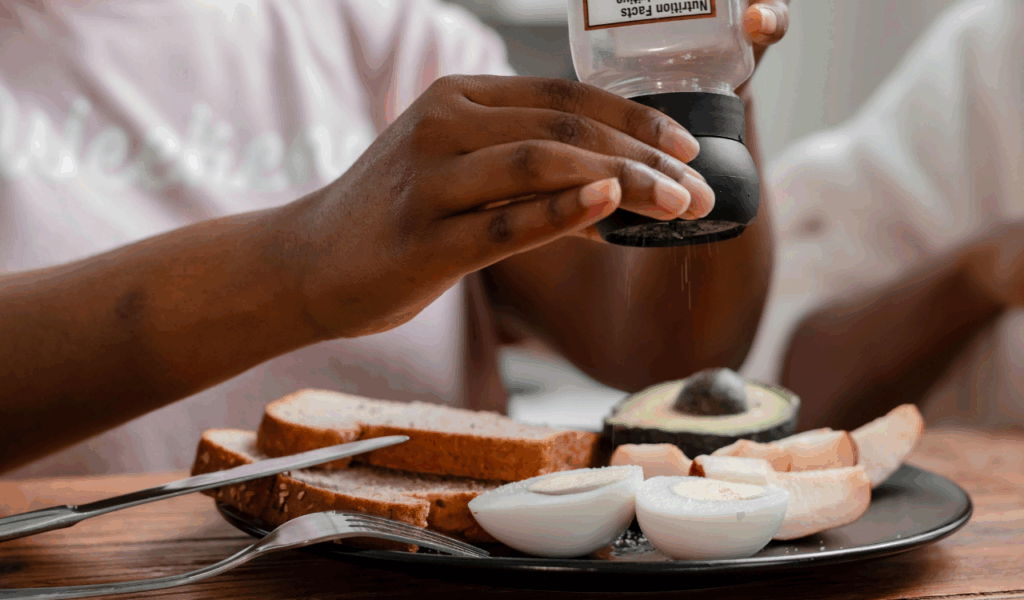
13. Myth: You can’t reduce salt once mixed in

Many people think that adding too much salt is irreversible. However, increasing serving size or adding unsalted ingredients, adding acidity (such as citrus, vinegar, or tomato) to balance, adding sweetness or fat to smooth harsh saltiness, or diluting with liquids or adding low-salt components are some ways to lessen perceived saltiness. Although it’s not always ideal, you rarely have to discard a dish because you added too much salt. Understanding adjustment techniques promotes salvage rather than waste.

